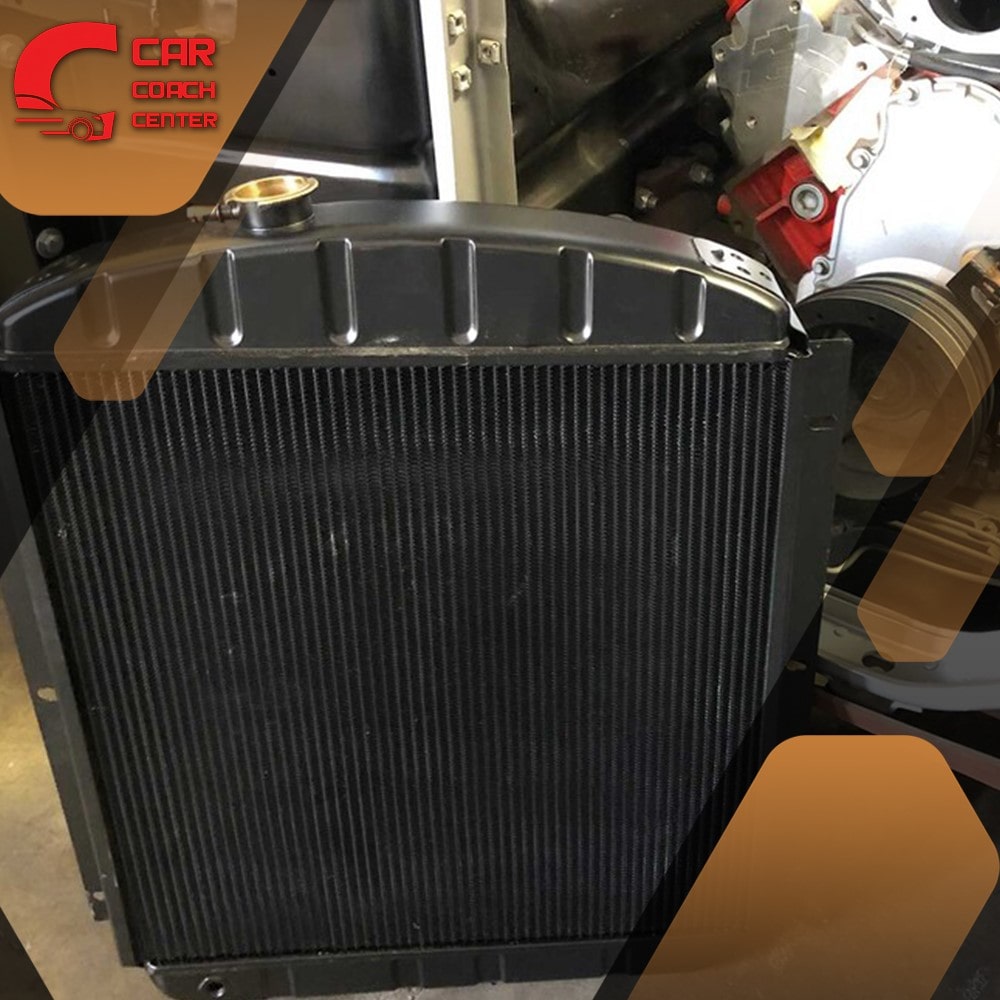Can You Drive With A Cracked Radiator
As an essential component of a vehicle’s cooling system, the radiator is critical in keeping the engine at optimal temperatures. However, accidents happen, and sometimes a crack can develop in the radiator. This raises a crucial question for drivers: Can you continue driving with a cracked radiator?
While it may be tempting to ignore the issue and carry on with your daily commutes or road trips, it’s important to understand the potential implications and hazards associated with such a decision. In this article, we will delve into the world of cracked radiators, exploring their anatomy, dangers, and the various signs and symptoms to watch out for.
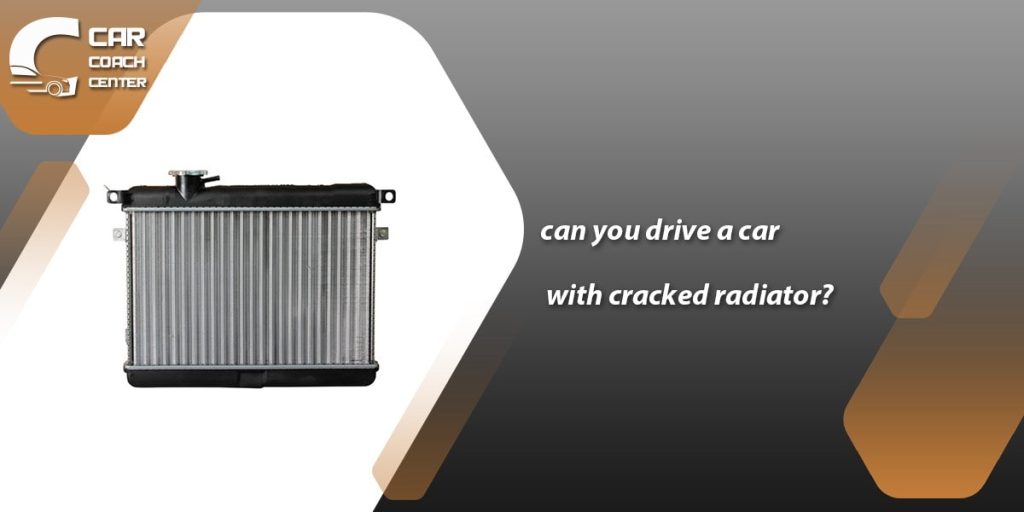
We will also guide what actions you can take if faced with a cracked radiator on the road. Ultimately, the aim is to equip you with the necessary knowledge to make informed decisions regarding the care and maintenance of your vehicle’s cooling system, ensuring both your safety and the longevity of your vehicle.
The Anatomy of a Radiator: Understanding its Importance
To comprehend the significance of a radiator and its role in a vehicle’s cooling system, let’s take a closer look at its anatomy. A radiator is a heat exchanger made up of several crucial components. At its core is a network of small, flat tubes called the radiator core. These tubes, typically made of aluminum or copper, possess excellent thermal conductivity properties. The radiator core is surrounded by thin metal fins that increase the surface area for heat dissipation.
The radiator works with other components, such as the coolant, water pump, and thermostat, to regulate the engine’s temperature. Coolant, a mixture of water and antifreeze, circulates through the engine, absorbing heat as it flows. It then travels to the radiator, releasing excess heat into the surrounding air.
The importance of a properly functioning radiator cannot be overstated. It prevents the engine from overheating, leading to severe damage, including warped cylinder heads, blown gaskets, or even complete engine failure. By efficiently dissipating heat, the radiator helps maintain the engine within its optimal temperature range, ensuring smooth operation and prolonging the lifespan of critical engine components.
Understanding the anatomy of a radiator allows drivers to appreciate its vital role in maintaining engine health. By recognizing its components and functions, drivers can better comprehend the implications of a cracked radiator and the potential risks associated with driving without addressing the issue. In the following sections, we will explore these risks in detail, enabling you to make informed decisions when faced with a cracked radiator scenario.
The Hazards of Ignoring a Cracked Radiator
While a cracked radiator may seem minor, ignoring it can lead to significant hazards and costly repairs. Here are some of the dangers associated with neglecting a cracked radiator:
Engine Overheating
The primary function of a radiator is to regulate the engine’s temperature by dissipating heat. A crack in the radiator compromises its ability to contain and circulate coolant effectively. As a result, the engine is more susceptible to overheating.
Engine overheating can cause severe damage, including warped cylinder heads, damaged pistons, and even a seized engine. The cost of repairing or replacing these components far outweighs the expense of fixing or replacing a cracked radiator.
Coolant Loss
A cracked radiator often leads to coolant leakage. Coolant prevents corrosion, lubricates the water pump, and maintains optimal operating temperatures. If the coolant level drops significantly due to a cracked radiator, the engine is at risk of running hot and potentially overheating. Insufficient coolant can also lead to engine and cooling system corrosion, resulting in additional repairs.
Increased Engine Wear
Overheating due to a cracked radiator stresses engine components. Excessive heat can cause metal parts to expand, leading to increased friction and accelerated wear. This can result in decreased engine performance, reduced fuel efficiency, and the need for expensive repairs or engine replacement.
Safety Concerns
Ignoring a cracked radiator poses safety risks, especially during long drives or extreme weather conditions. A sudden engine failure due to overheating can leave you stranded on the road, potentially causing accidents or leaving you vulnerable to hazardous situations. Additionally, an overheated engine may emit smoke or steam, impairing visibility and increasing the likelihood of accidents.
Signs and Symptoms of a Cracked Radiator: A Driver’s Guide
Detecting a cracked radiator early on is crucial for preventing further damage and ensuring the safety of your vehicle. Here are some common signs and symptoms that indicate a cracked radiator:
Coolant Leakage
Coolant leakage is one of the most apparent signs of a cracked radiator. If you notice puddles of coolant beneath your vehicle, especially after it has been parked for a while, it strongly indicates a radiator issue. The coolant may appear as a bright green, pink, or orange fluid, depending on the type of coolant used in your vehicle.
Overheating Engine
A cracked radiator can disrupt the coolant flow, leading to inadequate heat dissipation and subsequent engine overheating. If your temperature gauge consistently shows higher-than-normal readings or if you notice the engine temperature warning light illuminating your dashboard, it’s likely due to a compromised radiator.
Low Coolant Levels
Monitor coolant levels regularly and find that you need to refill the coolant more frequently than usual, or if the coolant level drops significantly within a short period, it may be a sign of a radiator leak. Remember to check the coolant level when the engine is cool to avoid potential burns.
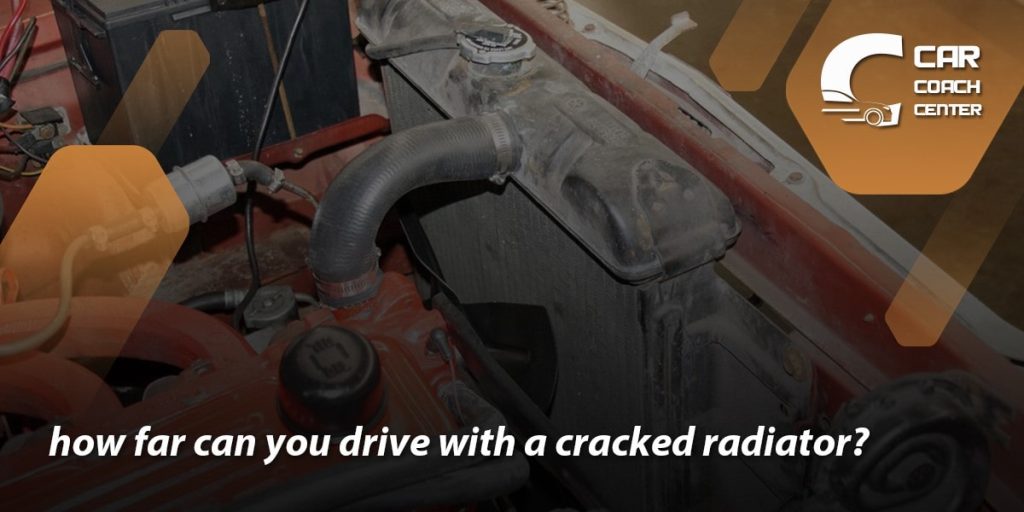
Discolored or Contaminated Coolant
Inspect the color and condition of your coolant during routine maintenance. If you notice any discoloration, such as a muddy appearance or oil or debris in the coolant, it could indicate a radiator crack or contamination. In such cases, have your radiator inspected promptly?
Steam or Unusual Smells
A cracked radiator can cause coolant to evaporate as steam, which may be visible as white smoke or steam coming from under the hood. Additionally, you might notice an unusual sweet or chemical odor inside or outside the vehicle resulting from leaking coolant.
Reduced Heating Performance
While a cracked radiator primarily affects engine cooling, it can also impact your vehicle’s heating system. If you experience a decrease in heating performance, such as lukewarm air blowing from the vents instead of hot air, it could be due to a compromised radiator.
Emergency Solutions: What to Do When Your Radiator Cracks on the Road
Discovering a cracked radiator on the road can be stressful, but it’s important to stay calm and take immediate action to prevent further damage. Here are some emergency solutions and temporary fixes to consider when faced with a cracked radiator:
Pull Over and Turn Off the Engine
As soon as you notice signs of a cracked radiator, safely pull over to a secure location away from traffic. Turn off the engine to prevent further overheating and potential damage to the engine components.
Allow the Engine to Cool Down
Opening your vehicle’s hood and allowing the engine to cool down is crucial. Be patient and wait until the engine reaches a safe temperature before attempting any repairs or inspections.
Check Coolant Levels
Once the engine has cooled down, check the coolant levels in the radiator and the coolant reservoir (if applicable). If the coolant level is significantly low, add water temporarily to prevent overheating. However, remember that water is not a long-term solution and should be replaced with the appropriate coolant immediately.
Use a Radiator Sealant
Radiator sealants are temporary solutions that can help seal small cracks or leaks in the radiator. These sealants come in liquid or powder form and create a seal when they come into contact with the air and the radiator’s heat. Follow the instructions with the sealant carefully and use it as a temporary fix to reach a repair facility safely.
Be Mindful of Temperature
Keep a close eye on the temperature gauge during your journey. If the engine begins to overheat or the temperature rises rapidly, pull over immediately and turn off the engine. Continuing to drive with an overheating engine can cause severe damage.
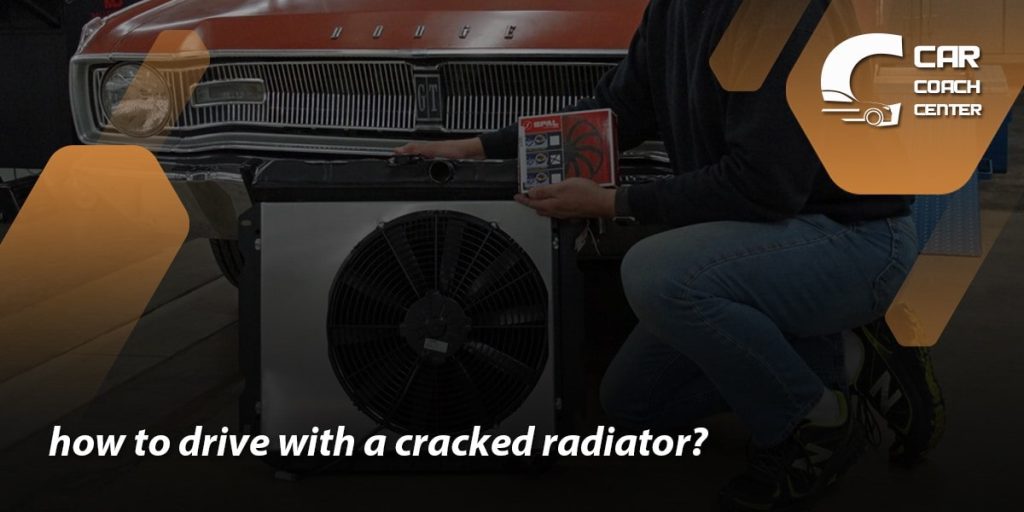
Seek Professional Assistance
While temporary fixes can help you reach a repair facility, it’s essential to have a professional mechanic inspect and repair your cracked radiator properly. Radiator cracks often require specialized equipment and expertise to fix effectively. Contact a nearby repair shop or towing service to arrange for professional assistance.
DIY or Professional Repair: Weighing Your Options
When faced with a cracked radiator, you might wonder whether it’s better to attempt a DIY repair or seek professional assistance. While the decision ultimately depends on your skills, experience, and access to resources, here are some factors to consider when weighing your options:
Complexity of the Repair
Repairing a cracked radiator can range from relatively simple to more complex, depending on the extent of the damage and the type of radiator in your vehicle. DIY solutions like radiator sealants or patch kits may make minor leaks or cracks manageable. However, larger cracks or radiator damage may require professional attention to ensure a proper and long-lasting repair.
Technical Expertise
Assess your mechanical skills and experience. Radiator repairs involve intricate knowledge of cooling systems, hoses, fittings, and radiator-specific procedures. A DIY approach might be feasible if you’re comfortable working with automotive systems and have successfully performed similar repairs. Otherwise, entrusting the job to a professional mechanic is advisable to avoid further complications or damage.
Tools and Resources
Consider the tools and resources you have at your disposal. DIY radiator repairs often require specialized equipment, such as pressure testers, soldering irons, or replacement parts specific to your vehicle’s radiator. Ensure you have the tools and access to quality replacement components before attempting a DIY repair. Professional repair facilities are equipped with specialized tools and have access to a wide range of radiator parts, ensuring a more comprehensive repair.
Time and Convenience
DIY repairs can be time-consuming, especially if you’re unfamiliar with radiator systems. Assess the time you’re willing to invest and the convenience of performing the repair yourself. Professional repair services offer the advantage of expertise, efficiency, and a faster turnaround time, saving you valuable time and effort.
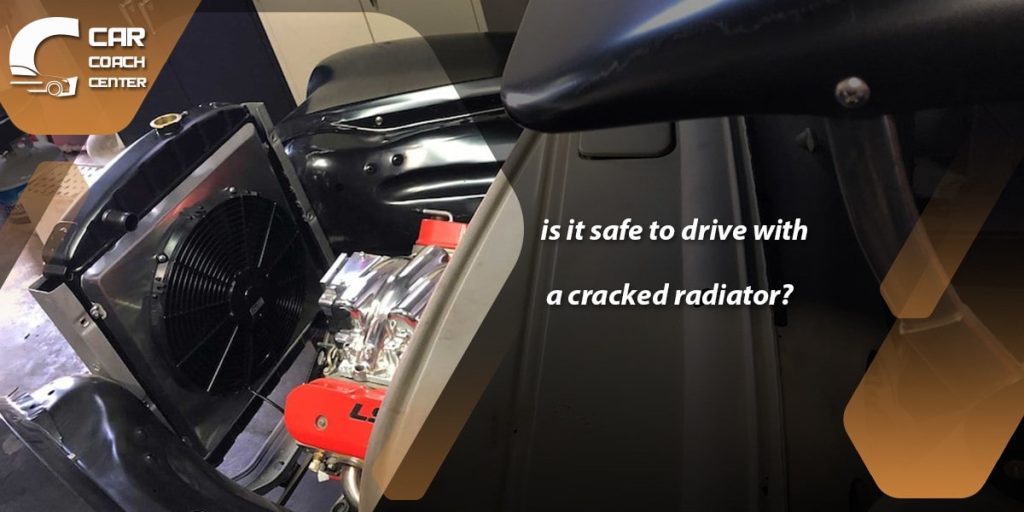
Warranty Considerations
Attempting a DIY repair may void the warranty coverage if your vehicle is still under warranty. It’s essential to review your warranty terms and conditions or consult with the manufacturer or dealership before deciding. Professional repairs conducted by authorized service centers or certified mechanics ensure warranty compliance and peace of mind.
Safety and Long-Term Reliability
Radiator repairs directly impact the cooling system’s functionality and the engine’s overall health. While a temporary DIY fix might get you by temporarily, a professional repair ensures safety, reliability, and long-term performance. Professionals have the expertise to identify underlying issues, address them comprehensively, and conduct necessary tests to ensure the repair is effective.
Maintaining a Healthy Radiator: Tips for Long-Term Prevention
Proactively maintaining your vehicle’s radiator is key to preventing radiator issues and ensuring optimal cooling system performance. Here are some essential tips to help you maintain a healthy radiator for the long term:
Regular Inspections
Make it a habit to inspect your radiator periodically visually. Check for any signs of damage, such as leaks, cracks, or corrosion. Look for loose or damaged hoses, worn-out fittings, or debris obstructing the radiator fins. Early detection of issues allows for timely repairs and prevents further damage.
Coolant Flush and Replacement
Follow the manufacturer’s recommendations for coolant flushes and replacements. Over time, coolant can break down, lose its effectiveness, and accumulate contaminants. Flushing the cooling system at the recommended intervals helps remove old coolant, debris, and any potential clogs, ensuring optimal coolant performance and protecting the radiator.
Maintain Proper Coolant Levels
Regularly monitor the coolant levels in your radiator and coolant reservoir. Low coolant levels can lead to overheating and potential radiator damage. Check the levels when the engine is cool and add the appropriate coolant mixture if necessary. Ensure you’re using the coolant type recommended by the vehicle manufacturer.
Clean the Radiator
Dirt, debris, and insects can accumulate on the radiator fins, obstructing airflow and reducing cooling efficiency. Periodically clean the radiator using a soft brush or a low-pressure stream of water. Be gentle to avoid damaging the fins. Removing debris helps maintain proper airflow and prevents overheating.
Protect Against Corrosion
Coolant contains additives that protect against corrosion. However, these additives can become depleted over time. Consider using a coolant additive or corrosion inhibitor recommended by the manufacturer to extend the lifespan of your radiator and other cooling system components. This is particularly important if you live in an area with extreme temperatures or harsh environmental conditions.
Follow Proper Maintenance Schedule
Adhere to your vehicle’s recommended maintenance schedule, including routine inspections, coolant flushes, and other cooling system-related tasks. Regular maintenance helps identify potential issues before they escalate, extends the lifespan of your radiator, and prevents unexpected breakdowns.
conclusion
In conclusion, understanding the importance of a radiator and the risks associated with driving with a cracked radiator is crucial for every vehicle owner. Neglecting a cracked radiator can lead to engine overheating, coolant loss, increased engine wear, and safety concerns on the road. It’s essential to be aware of the signs and symptoms of a cracked radiator, enabling prompt action and preventing further damage.
Whether you attempt a temporary DIY fix or seek professional repair services, it’s vital to prioritize the health and reliability of your vehicle’s cooling system. Regular maintenance, such as inspections, coolant flushes, and proper cleaning, plays a significant role in maintaining a healthy radiator for the long term.
By following these guidelines and being proactive about radiator care, you can ensure the safety of your vehicle and extend its lifespan. For more automotive tips and information, visit carcouchcenter.com, your go-to resource for car-related things.
Can I drive with a cracked radiator?
It is not a Drivingacked radiator as it can is not recommended lead to engine overheating and potential damage.
What are the risks of driving with a cracked radiator?
Driving with a cracked radiator can result in engine overheating, coolant loss, increased engine wear, and safety hazards.
Should I attempt a DIY repair for a cracked radiator?
DIY repairs for a cracked radiator depend on your skills and resources. However, professional assistance is often advisable for a proper and long-lasting repair.

